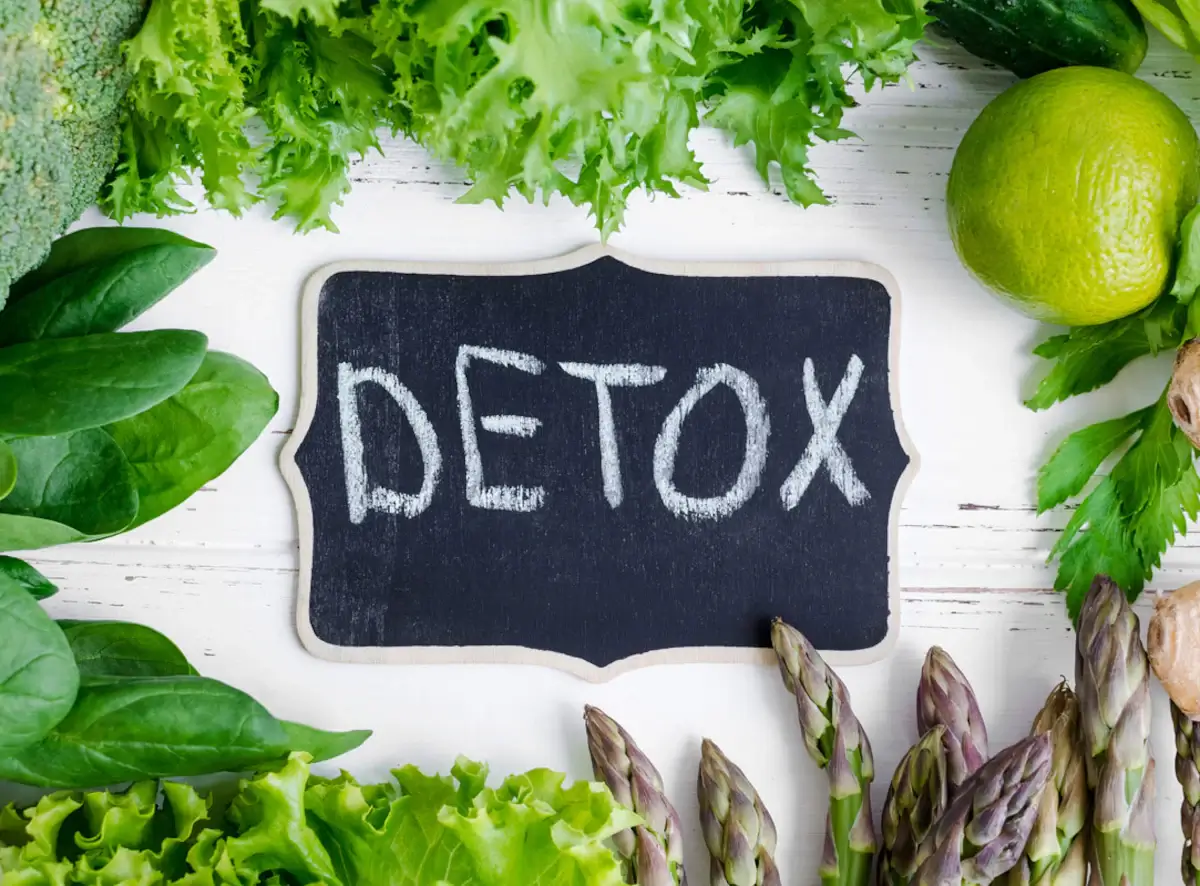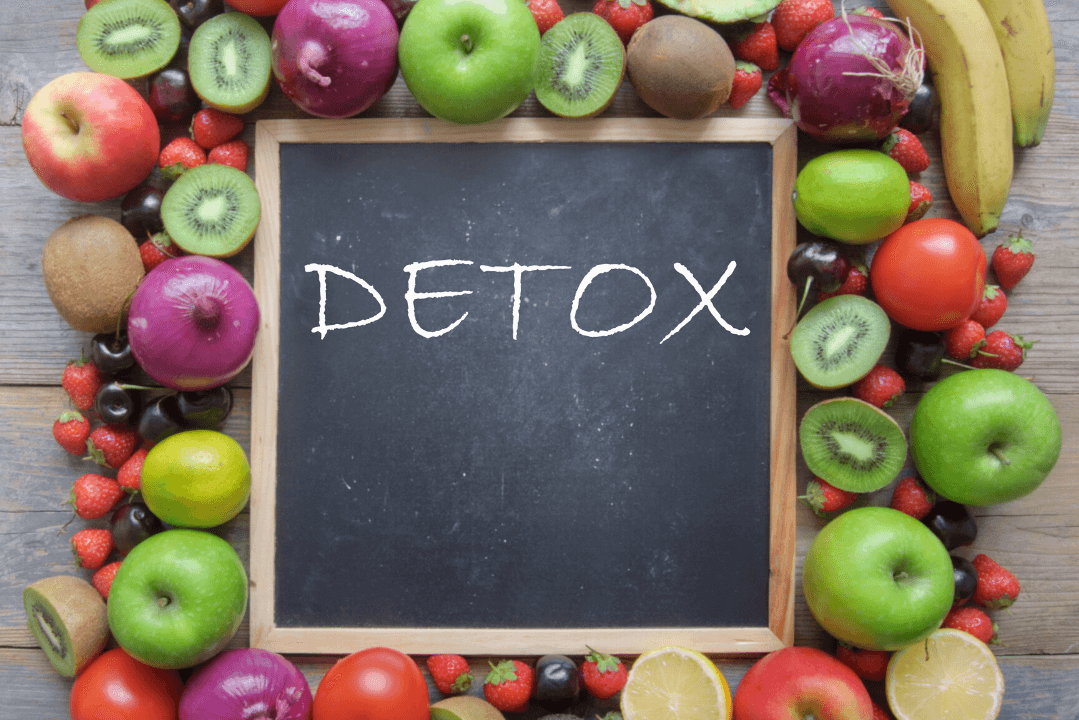Our bodies continuously work to eliminate toxins from food, medicine, and supplements to maintain health. However, sometimes the body struggles to remove all harmful substances, which can lead to problems such as brain fog, constipation, low energy, and various aches and pains.
If you're experiencing these symptoms due to toxin buildup, a full body cleanse might provide relief. Here's an overview of How to Perform a Full Body Detox: A Complete Guide and how you can perform it safely.
Understanding a Full Body Detox
A full body detox is designed to reduce and expel toxins from your system. This process can enhance healthy eating habits, support exercise, and improve hydration. Common detox methods include:
- Following a specific diet
- Fasting
- Increasing water or juice consumption
- Using supplements
- Undergoing hydrotherapy or colonic irrigation
- Utilizing enemas or laxatives
- Spending time in a sauna
- Reducing exposure to environmental toxins
Benefits and Risks of Detoxification
While most individuals don't require a full body detox since the body naturally eliminates toxins, regular detoxification can support weight loss, increase fruit and vegetable intake, and boost hydration, providing more antioxidants. However, detoxing can also reduce food intake, potentially leading to an electrolyte imbalance from consuming only juice or tea. Additionally, some detox methods involve oxalate-rich juices, which can harm the kidneys, and detox products with laxatives can cause severe diarrhea and dehydration. Sudden shifts to a detox diet may also pose risks, such as triggering diabetes. It’s crucial to consult with a healthcare professional before starting any detox regimen to understand potential side effects and explore safer alternatives.
Safe Ways to Cleanse Your Body
Despite the risks, you can adopt safer habits to reduce toxin levels without resorting to extreme detox methods. Here are some healthy practices to help cleanse your body:
Reduce Alcohol Intake
Studies show that moderate alcohol consumption can benefit heart health, but excessive drinking increases the risk of coronary heart disease, heart attacks, strokes, and liver damage. Reducing alcohol intake can help prevent these issues.
Get Adequate Sleep
Lack of sleep hinders your body's ability to eliminate waste and can lead to stress, anxiety, high blood pressure, heart disease, type 2 diabetes, and obesity. Aim for seven to nine hours of sleep each night. Tips to improve sleep include maintaining a consistent sleep schedule, exposing yourself to natural light during the day, limiting blue light exposure, reducing daytime naps, and avoiding alcohol at night.
Stay Hydrated
Water helps regulate body temperature, lubricate joints, aid digestion, and remove waste. The U.S. National Academies of Sciences, Engineering, and Medicine recommend a daily water intake of 3.7 liters for men and 2.7 liters for women, although individual needs may vary.
Cut Back on Sugary and Processed Foods
Sugary and processed foods are linked to obesity, heart disease, cancer, and diabetes, which can impair your body's natural detoxification processes. Focus on consuming more fruits and vegetables instead.
Eat Antioxidant and Prebiotic-Rich Foods
Antioxidants combat oxidative stress caused by free radicals and toxins. Incorporate foods rich in vitamins A, C, and E, selenium, lycopene, lutein, and zeaxanthin, such as berries, nuts, vegetables, spices, coffee, and green tea. Prebiotics, found in foods like tomatoes, artichokes, bananas, asparagus, onions, garlic, and oats, support a healthy gut by promoting beneficial bacteria.
Reduce Salt Intake
Excessive salt can cause water retention and bloating. Lower your salt intake by drinking more water and consuming potassium-rich foods like potatoes, squash, kidney beans, bananas, and spinach.
Exercise Regularly
Regular physical activity reduces the risk of type 2 diabetes, heart disease, high blood pressure, and some cancers. Aim for at least 150-300 minutes of moderate exercise or 75-150 minutes of vigorous activity each week to reduce inflammation and improve overall health.
Include Sulfur-Rich Foods
Sulfur-rich foods can enhance the body's ability to remove heavy metals and improve the function of glutathione, a key antioxidant in detoxification. Foods like onions, eggs, broccoli, and garlic are excellent sources of sulfur.
Embracing a Healthy Lifestyle
Detoxing your body can help mitigate health issues caused by toxin buildup. A full body cleanse can be as simple as incorporating nutritious foods and regular exercise into your routine to achieve optimal health. Understanding How to Perform a Full Body Detox: "A Complete Guide" will help you in the long run as you strive to maintain a healthy mind, body, and soul.






